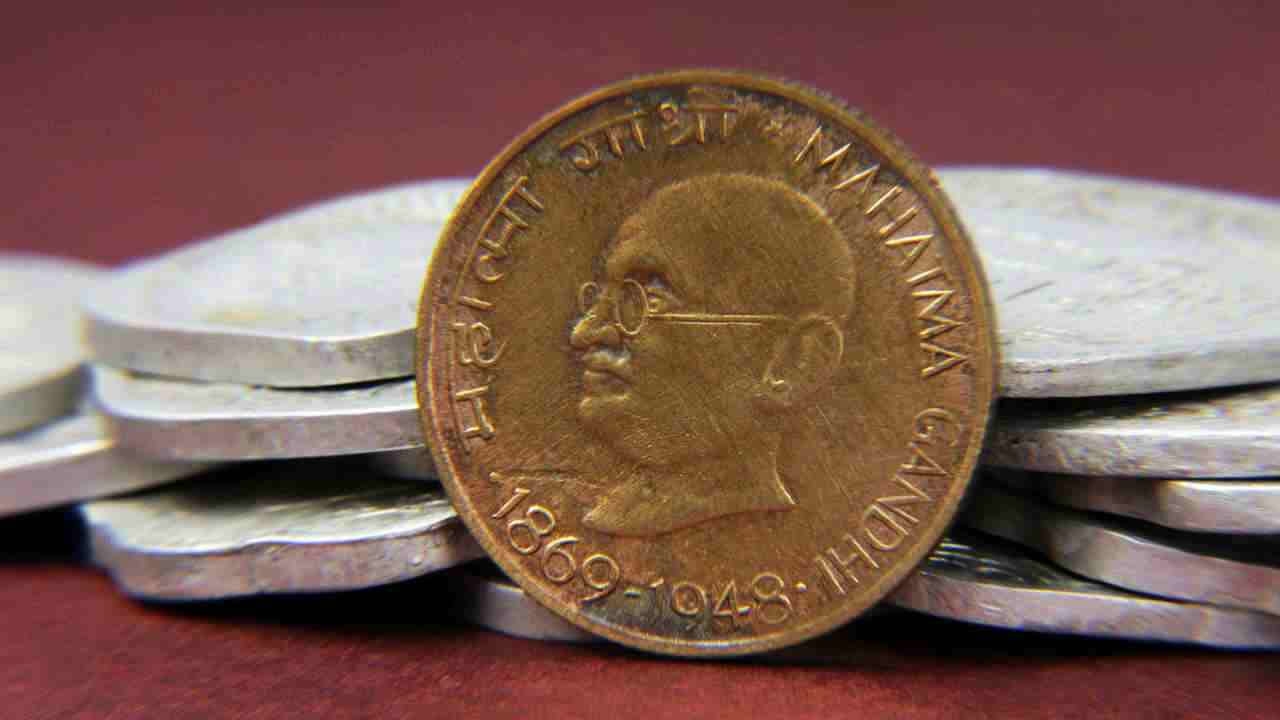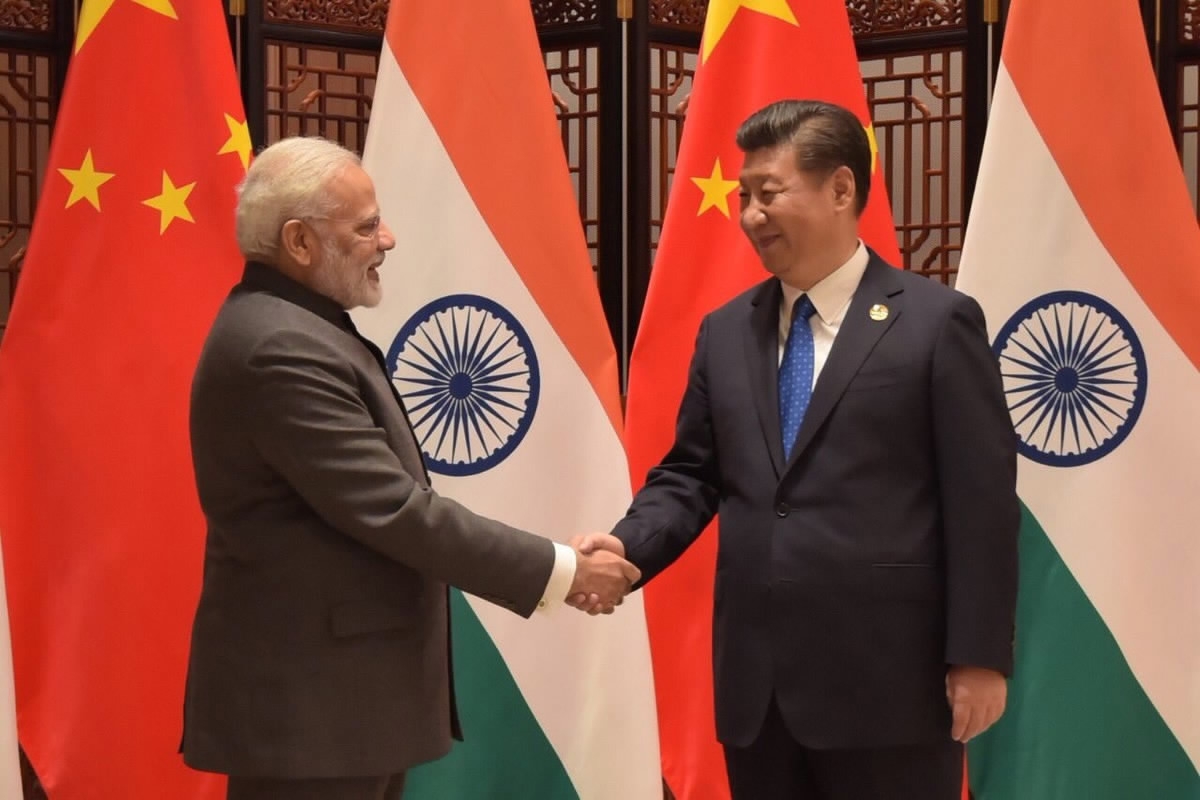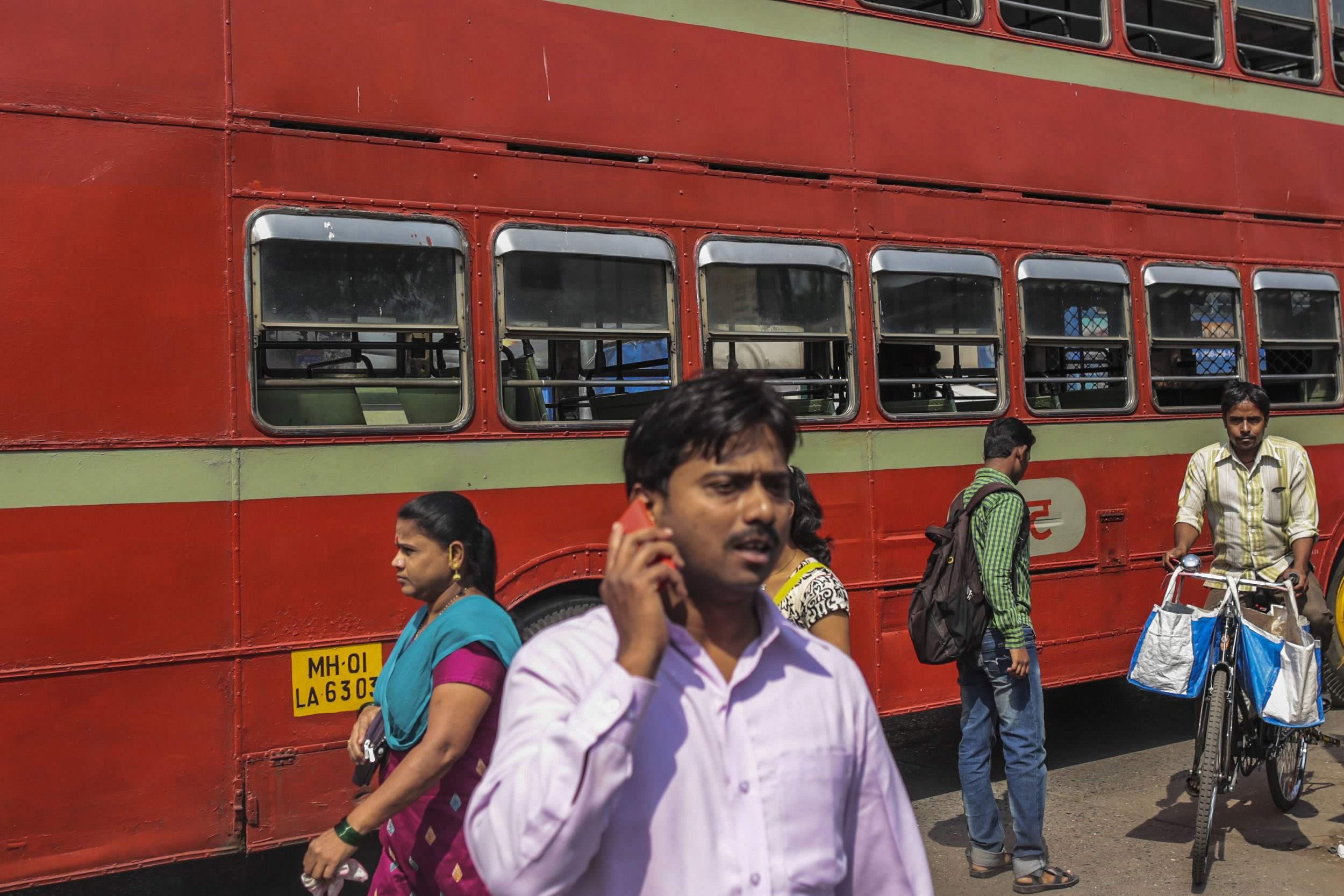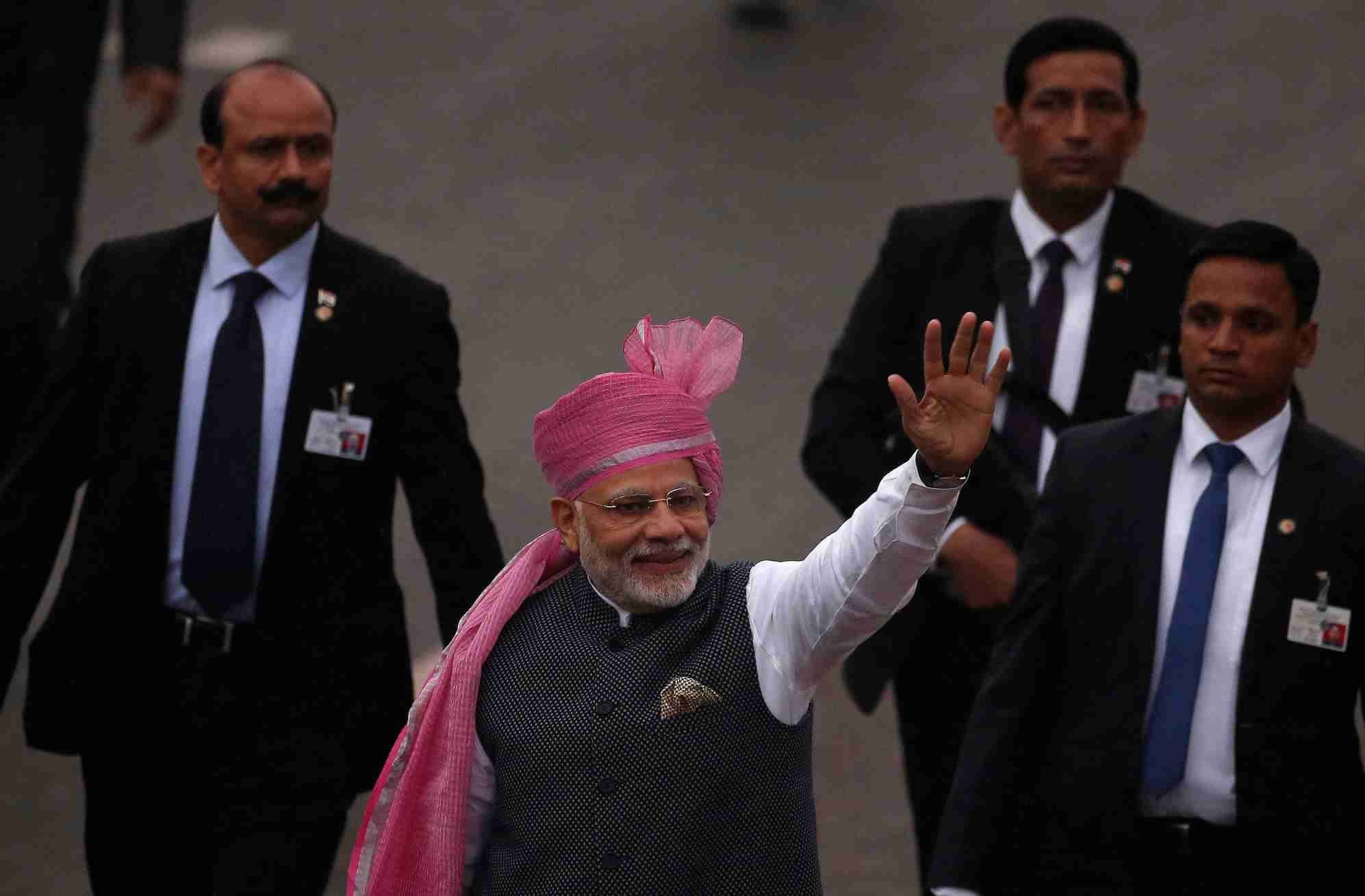
Opinions
16:56, 27-Sep-2017
Opinion: New Delhi’s economic policies need a dose of Chinese advice
By Shi Lancha from Global Times

The recent slowing down of the Indian economy has drawn headlines. From the world's fastest-growing large economy clocking around 7 percent in 2016, it has sunk to a four-year low of 5.7 percent during the second quarter of 2017. With national elections coming up in 2019, Finance Minister Arun Jaitley and other officials have pledged to chart a way out for the country's ailing economy.
While the controversy over the Goods and Services Tax (GST) keeps raging, the Modi administration seems ready to swing into action by giving the economy a booster shot. This inevitably subjects Modi and his governing philosophy to contradiction.
Known as a pro-market and pro-business leader, Modi's words and actions pull different ways. In other words, instead of confining itself to providing public goods and the governance promise that came with the 2014 election slogan – "Minimum Government but Maximum Governance," the Modi administration has become the source of devastating policy distortions.

Indian Prime Minister Narendra Modi Twitter account Photo
Indian Prime Minister Narendra Modi Twitter account Photo
The Economist even went so far as to say in an article: "India's prime minister is not as much of a reformer as he seems."
However, to be fair to Modi, he is by no means the only reformer who has run into such contradiction. After all, the dichotomy between pro-market and centralized authority is too simple to capture the inherent complexities of a giant economy like India.
Much like India, China's journey from a rigidly controlled economy to a vibrant market-based economy has its share of twists and turns, let alone controversies and unfair criticism by Western observers. Chinese economic decision-makers can be role models for their counterparts in New Delhi.
What seems relevant for the Modi administration to follow is China's guiding principles, which were found and refined by Chinese practitioners from decades of experience: macro-level policies must be stable and carried out smoothly to avoid devastating shocks and distortions; micro-level policies must be adaptive and flexible to capitalize on the dynamics from bottom up; social policies must provide the safe net to shield social members from the consequences of socio-economic transformation.

Kurla railway station during the morning rush hour in Mumbai, India. /VCG Photo
Kurla railway station during the morning rush hour in Mumbai, India. /VCG Photo
If one scrutinizes Modi's economic decisions through the Chinese way of differentiation, what seemed contradictory and paradoxical becomes less so. At the macro-level, Modi is an unprecedented state-oriented politician who is keen on strengthening the state's penetration into different strata.
After all, Modi wants to maximize every bit of what political scientist Michael Mann calls "infrastructural power of the state," by which he can mobilize both political and financial capitals to suit his agenda.
However, what Modi is better known for is his micro-level disposition for market liberalization and pro-business policies from which he derives economic dynamics. As for social policies, Modi pursues Pareto optimality as he pledges to strengthen the social welfare system not by expanding it, but by improving its efficiency through introduction of technologies.
So, as far as one parses Modi's approaches into appropriate levels, his vision becomes less paradoxical and easier to interpret.
However, logical-sounding policies do not automatically translate to good ones: even though Modi's economic reforms appear to be based on sound reasoning, implementation is by no means immune to missteps.
What the Modi administration has carried out so far seems to constitute the exact antithesis of the principles that Chinese practitioners have drawn from firsthand experience. Instead of stable macro-level policies and smooth implementation, Modi's grand demonetization and GST reforms were introduced one after another, like a blitz.

Indian Prime Minister Narendra Modi waves towards the crowd as he leaves after attending the Republic Day parade in New Delhi, India, January 26, 2017. /CFP Photo
Indian Prime Minister Narendra Modi waves towards the crowd as he leaves after attending the Republic Day parade in New Delhi, India, January 26, 2017. /CFP Photo
While the macroeconomic environment has witnessed drastic changes, the microeconomic milieu and business climate suffers stagnancy. For example, perennial issues including land acquisition, labor regulations and bureaucratic capacity remain major challenges to a dynamic business environment, frustrating New Delhi's wish of energizing the economy from the bottom up.
The Modi administration has made major inroads into the social domain by introducing JAM (Jan Dhan, Aadhaar and Mobile) revolution, but what would really bring relief to the poor and unprivileged has more to do with the benign environment such as low global commodity prices, favorable monsoon, and a low inflation rate.
Falling short of providing a safe social net, Modi's drastic, albeit well-intended, economic policies actually led to severe social hardships, especially as small and medium enterprises and the unorganized sector took the hit.
A time when all major drivers of the Indian economy seem to lose steam is also a good time for Indian decision-makers to review their reform recipe. After all, for a giant economy like India, only the right ingredients for reform are not enough, it also needs a right recipe to cook all the ingredients together, a recipe that carefully combines and balances macro- and micro-level policy orientations, long- and short-term objectives, and performance and electoral considerations.
(This piece was originally published in Global Times. The author is a visiting scholar at Tsinghua University. The article reflects the author’s opinion, not necessarily the view of CGTN.)
Source(s): Global Times

SITEMAP
Copyright © 2018 CGTN. Beijing ICP prepared NO.16065310-3
Copyright © 2018 CGTN. Beijing ICP prepared NO.16065310-3